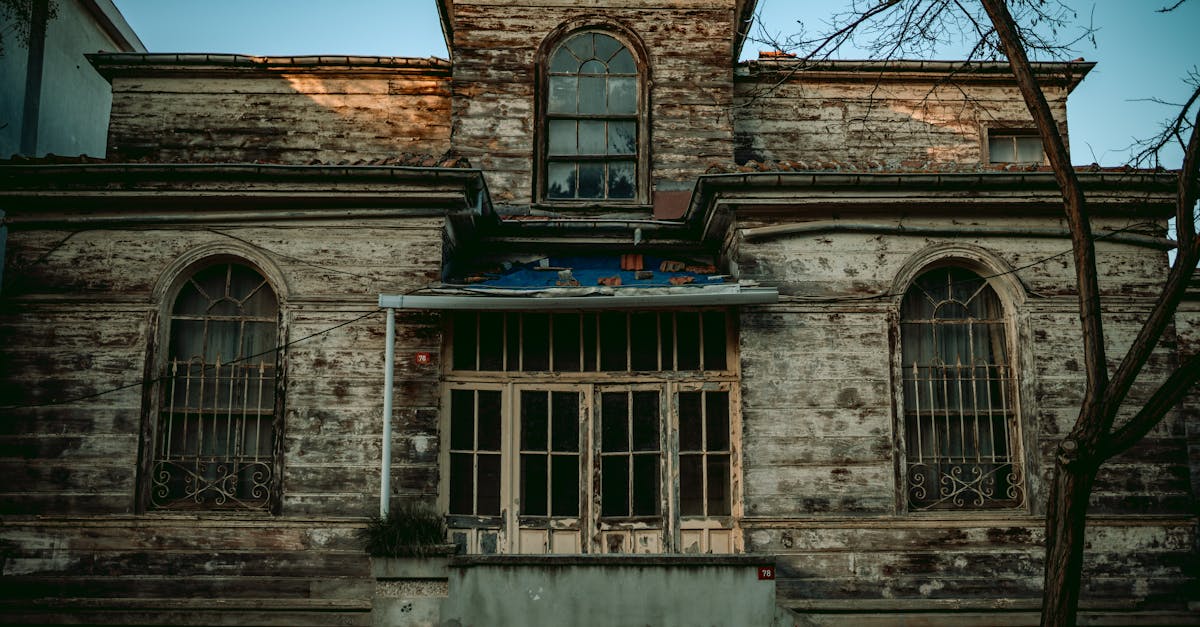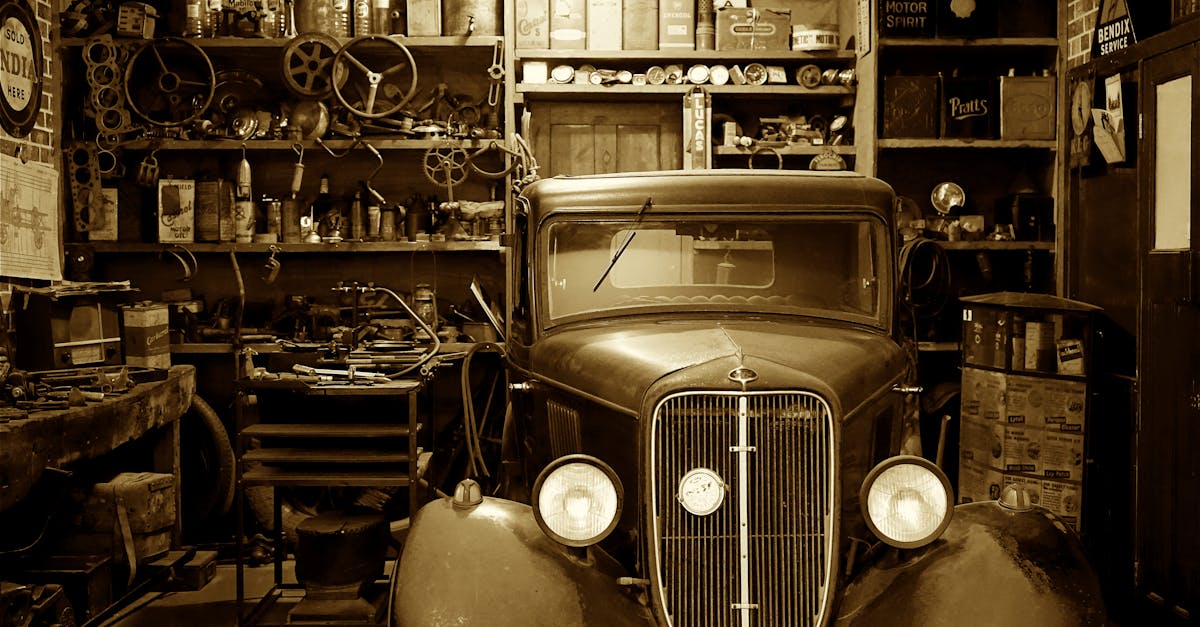Maintaining the exquisite finish of both interior and exterior paint requires more than just a splash of color. It involves understanding the nuances of surface preparation, selecting the right materials, and employing techniques that ensure longevity. Skilled homeowners and professional painters alike recognize the importance of expert advice in achieving long-lasting paint results. Various factors, including climate and environmental conditions, can greatly influence the lifespan of any paint job. This guide provides comprehensive strategies for selecting, applying, and restoring paint. Whether you are looking to refresh a space or undertake a comprehensive restoration, the insights shared here will elevate your painting projects.
From choosing the best paint brands, such as Duron and Benjamin Moore, to mastering paint restoration tips, this resource will arm you with knowledge. Moreover, by understanding paint longevity solutions, you can maximize the lifespan and visual appeal of your projects. The process is not merely about applying a fresh coat but extends to proper maintenance and restoration techniques that can breathe new life into tired surfaces.
The Fundamentals of Paint Selection
Selecting the right paint for your project is an essential first step in ensuring durability. The options are plentiful, and each type serves a unique purpose. When considering paint for your home, think not only about color but also about the paint’s composition, finish, and intended use. Two major categories dominate the market: oil-based and water-based paints.

Understanding Paint Composition
Paint interior or exterior surfaces with different compositions tailored for specific conditions. Water-based paints, also known as latex paints, are popular due to their quick-drying properties and ease of cleanup. They are ideal for home environments as they emit fewer volatile organic compounds (VOCs), making them more environmentally friendly. In contrast, oil-based paints provide a harder finish and are more durable on surfaces subject to wear and tear, making them suitable for metal surfaces and trims.
Here are some key considerations when selecting your paint:
- Durability: Assess how long the paint will last. Look for formulations that provide a quality finish and resist fading, dirt, and mildew.
- Finish: Choose a finish that suits the room’s purpose. High-gloss paints are easy to clean but can show imperfections, while flat paints may hide imperfections but offer less durability.
- Color: Selecting the right hue can affect mood and space perception. Test samples on walls to observe how they look in different lighting.
Applying Paint Techniques for Optimal Results
The method applied during the painting process can significantly affect the outcome of your project. Consider the following expert painting advice to achieve a flawless finish:
- Preparation is Key: Prior to painting, ensure surfaces are clean, dry, and free of any debris. Sand any rough spots to create a smooth surface and fill any cracks or holes with the appropriate filler.
- Prime When Necessary: Use a primer to provide a uniform base for paint application, especially on new drywall, stained surfaces, or projects involving drastic color changes.
- Use High-Quality Tools: Invest in quality brushes and rollers. Synthetic brushes are best suited for water-based paints, while natural brushes work better with oil-based formulations.
- Apply Multiple Coats: For thorough coverage, apply multiple thin coats rather than one heavy coat. This helps prevent drips and provides an even finish.
- Maintain Consistency: Mixing all the paint in one container ensures color consistency throughout your project.
Restoration Techniques for Faded Surfaces
As time passes, surfaces may lose their original luster due to exposure to weather elements, wear, and tear. Practicing paint restoration tips can revive tired and faded areas without the need for complete repainting. Whether working on wood, metal, or painted drywall, there are effective methods to restore their appearance.

Assessing and Preparing Surfaces
Before commencing any restoration project, thorough assessment is crucial. Identify areas requiring attention and the type of restoration necessary. Utilizing the right tools and materials can make a world of difference:
- Cleaning Surface: Remove dirt, mildew, and peeling paint utilizing appropriate cleaning solutions and scrubbing tools. A pressure washer can be useful for outdoor surfaces to thoroughly cleanse them.
- Repair Imperfections: Inspect surfaces for damage. Use sealants for cracks, and replace any severely damaged boards or materials.
- Sanding: Once the surface is clean and dry, lightly sand to smooth the area where paint has peeled or chipped. This promotes better adhesion for the new paint.
Techniques for Successful Restoration
Once surfaces are prepped, applying new paint offers an opportunity for revitalization:
- Choose the Right Finish: Depending on the surface, select a finish that provides the necessary protection and aesthetics.
- Perfecting Application: Much like new paint applications, restoration requires patience. Apply even coats and ensure adequate drying time between each application.
- Detail Work: Use smaller brushes for detail work around edges to ensure a clean finish and lines.
Preventative Measures for Long-Lasting Paint
Applying paint is only one half of the equation; the other half focuses on preservation. Ensuring that your newly painted surfaces maintain their beauty entails a commitment to maintenance, utilizing preventive measures to safeguard paint longevity.

Routine Maintenance Practices
Implementing effective maintenance routines can considerably extend the lifespan of your painted surfaces. Here’s a simplistic guide to ensure your paint remains in top condition:
- Cleansing Regularity: Establish a regular schedule that includes gentle cleaning to remove dust, grime, and dirt buildup.
- Touch-Ups: Address peeling or chips quickly. Use matching paint for minor touch-ups to mask imperfections before they escalate.
- Inspect Periodically: Conduct regular inspections to identify potential problem areas and rectify them proactively.
Environmental Considerations
Environmental factors also play a vital role in preserving paint quality:
- Avoid Direct Sunlight: Prolonged exposure to UV rays can degrade paint. Use awnings or shade where possible to shield surfaces.
- Control Humidity: Excess humidity can lead to mildew. Maintain proper ventilation within buildings to reduce this risk.
- Select Seasons Wisely: Timing painting projects around favorable weather conditions can help paint cure properly, reducing potential degradation.
Selecting the Right Paint Brands for Your Project
The market offers a plethora of paint brands, each vying for consumer attention. When seeking long-lasting results, certain brands have garnered respect and popularity due to their durable finishes and extensive color ranges. Becoming familiar with the best paint brands can help streamline decision-making.
Top Brands and Their Offerings
Here’s a look at some of the most reputable paint brands and their strengths:
| Brand | Specialty | Notable Products |
|---|---|---|
| Benjamin Moore | High-quality interior and exterior paints | Regal Select, Aura |
| Sherwin-Williams | Wide range of paint and finishes | SuperPaint, Duration |
| Duron | Affordable options with good durability | Duron Eggshell, Flat, Satin |
| Sikkens | Excellent wood finishes | Sikkens Cetol, Rubbol |
Understanding Brand-Specific Techniques
Different brands often promote unique application techniques to enhance results:
- Benjamin Moore Tips: They often recommend using tinted primers to enhance final color depth.
- Sherwin-Williams Techniques: Their «one-coat» options are often marketed for quicker applications and minimal fuss.
- Duron Paint Recommendations: Promote thorough surface prep as crucial for achieving expected results.
Final Reflections on Paint Longevity Solutions
In the pursuit of achieving long-lasting paint results, a combination of careful planning, expert techniques, and quality materials stands paramount. Understanding surface preparation, selecting the appropriate products, and practicing effective maintenance routine amplifies the longevity of paint projects. The balance of aesthetics and functionality hinges on how well one can apply the advice shared here.
Embracing the right practices extends beyond mere paint application; it empowers homeowners and professionals to take ownership of their painting ventures with confidence. As every painter learns, each stroke contributes to the greater masterpiece. Armed with this expert guidance, you are well on your way to realizing the full potential of your spaces, preserving their beauty for years to come.
